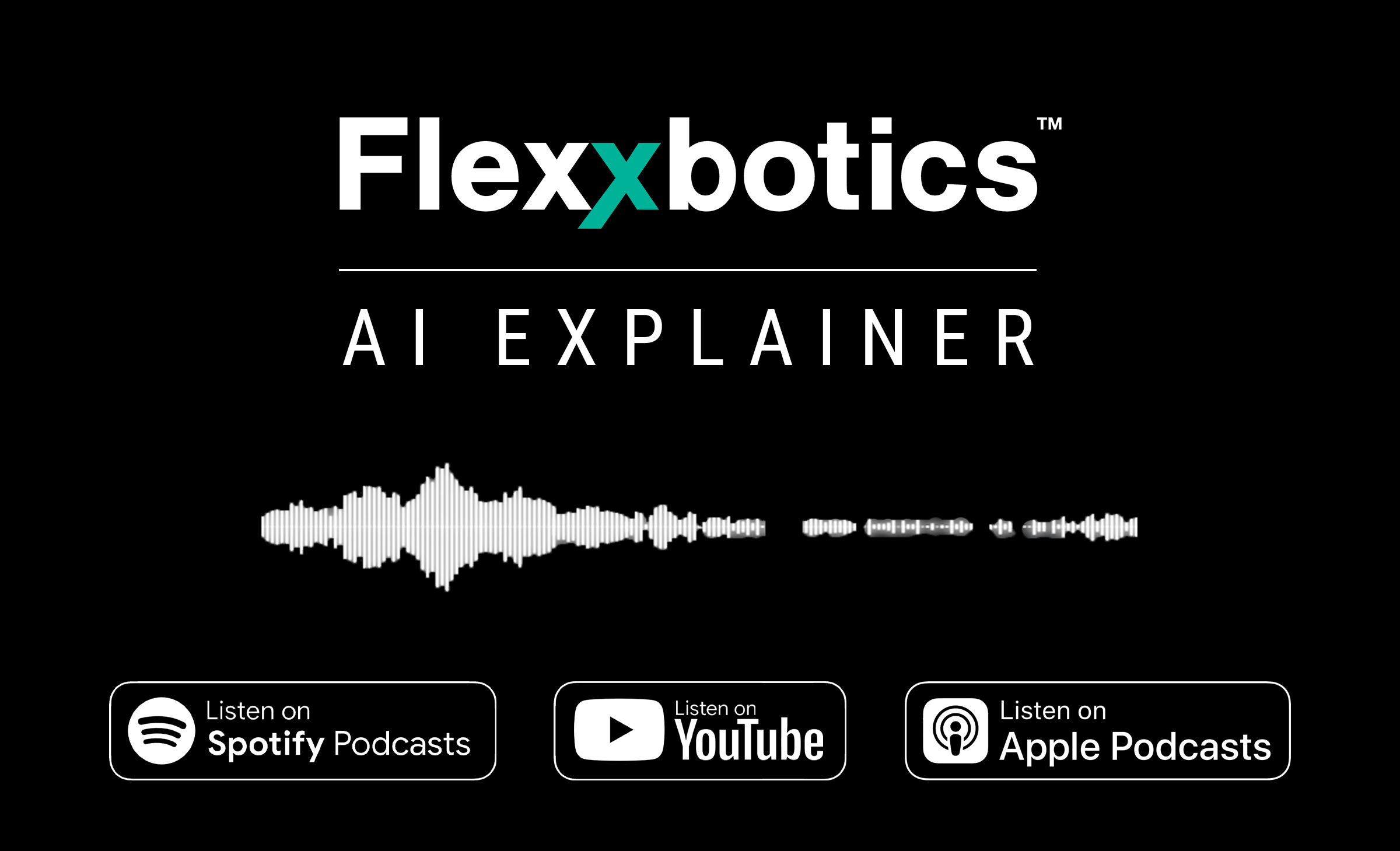0:03: Welcome to the deep dive.
0:06: You know, thinking like a manufacturing executive, you hear lights out manufacturing, and it sounds like the ultimate goal, right?
0:13: A factory that just, well, runs itself.
0:15: Exactly peak efficiency, almost total economy.
0:19: But how do you actually get there?
0:20: That’s what we want to unpack today, the practical side of achieving that level of automation, right?
0:26: So fundamentally lights out means your production line is handled mostly by robotic systems and smart machinery, minimal human intervention, basically, pretty much.
0:37: I think robots doing assembly, moving materials, even quality control, all working together without much need for people on the floor.
0:44: OK, so we’re talking way beyond just like one robot arm doing one task.
0:48: Oh, absolutely.
0:49: It’s about fully automated processes and crucially automated inspection systems watching everything.
0:55: The inspection piece.
0:57: So it’s not just doing the work but checking it too.
0:59: What happens if something’s not quite right?
1:02: Well, that’s the really clever part—autonomous process control.
1:06: The inspection systems and the robots, they talk to each other instantly.
1:09: So if an inspection finds a potential issue, maybe a slight misalignment…
1:15: The robot can actually adjust what it’s doing on its own.
1:17: Maybe it tweaks the next assembly or flags a potential machine issue all without a person stepping in.
1:23: It’s like built-in defect prevention.
1:25: Wow, OK, that’s—yeah, that’s sophisticated. And I’ve heard the term advanced robotic machine tending.
1:30: How does that fit in?
1:31: Right, so that involves using both heavy-duty industrial robots and sometimes collaborative ones—the kind that can work near people, though ideally people aren’t there much—and these are all orchestrated by essentially robotic production software.
1:46: Think of it like a central brain coordinating everything, telling the robots what parts to load, when to unload, keeping…
1:54: Machines fed.
1:55: So the endgame really is minimal human involvement on the floor.
1:59: That’s the vision, yeah.
2:00: A factory that can potentially run 24/7, you know, without worrying about human shifts or limitations.
2:06: That continuous operation is a massive plus.
2:09: From that executive viewpoint, the benefits must be pretty compelling then.
2:13: What are the big ones?
2:14: Oh, they’re substantial.
2:15: You get obviously much higher production capacity.
2:18: Quality and yields improve dramatically because of the consistency.
2:22: Robots don’t have off days, right?
2:25: Safety generally goes up too, removing people from potentially hazardous tasks, and better resource use often means better sustainability.
2:34: It all adds up to, well, healthier margins.
2:36: So it’s really about creating this interconnected system.
2:40: Robots, machines, inspection—all communicating and adjusting autonomously.
2:45: Exactly, a fully automated autonomous ecosystem. And you know it’s important to remember this isn’t a switch you flip, right?
2:52: It’s a process.
2:52: Definitely it’s an ongoing journey of adding automation, refining it, making the system smarter over time—not a one-time project.
3:00: OK, that makes sense.
3:01: So the key takeaway here is that lights out…
3:04: While it sounds futuristic, is actually a tangible goal for manufacturing execs driven by advanced robotics and this autonomous control.
3:12: Precisely. It’s achievable—and actually, for listeners interested in really digging into that autonomous control aspect, how you make the robots and inspection work together so effectively, there’s a great…
3:24: Source—a white paper called Using Robotics and Automated Inspection in Manufacturing to Achieve Autonomous Process Control.
3:32: It dives much deeper into that specific mechanism.
3:35: Good to know.
3:35: We’ll make sure that’s available.
3:36: It really is fascinating to think about where this is heading, isn’t it?
3:39: The constant evolution.
3:41: Thanks for breaking that down today.
3:42: My pleasure.
3:42: It’s definitely an exciting field.

